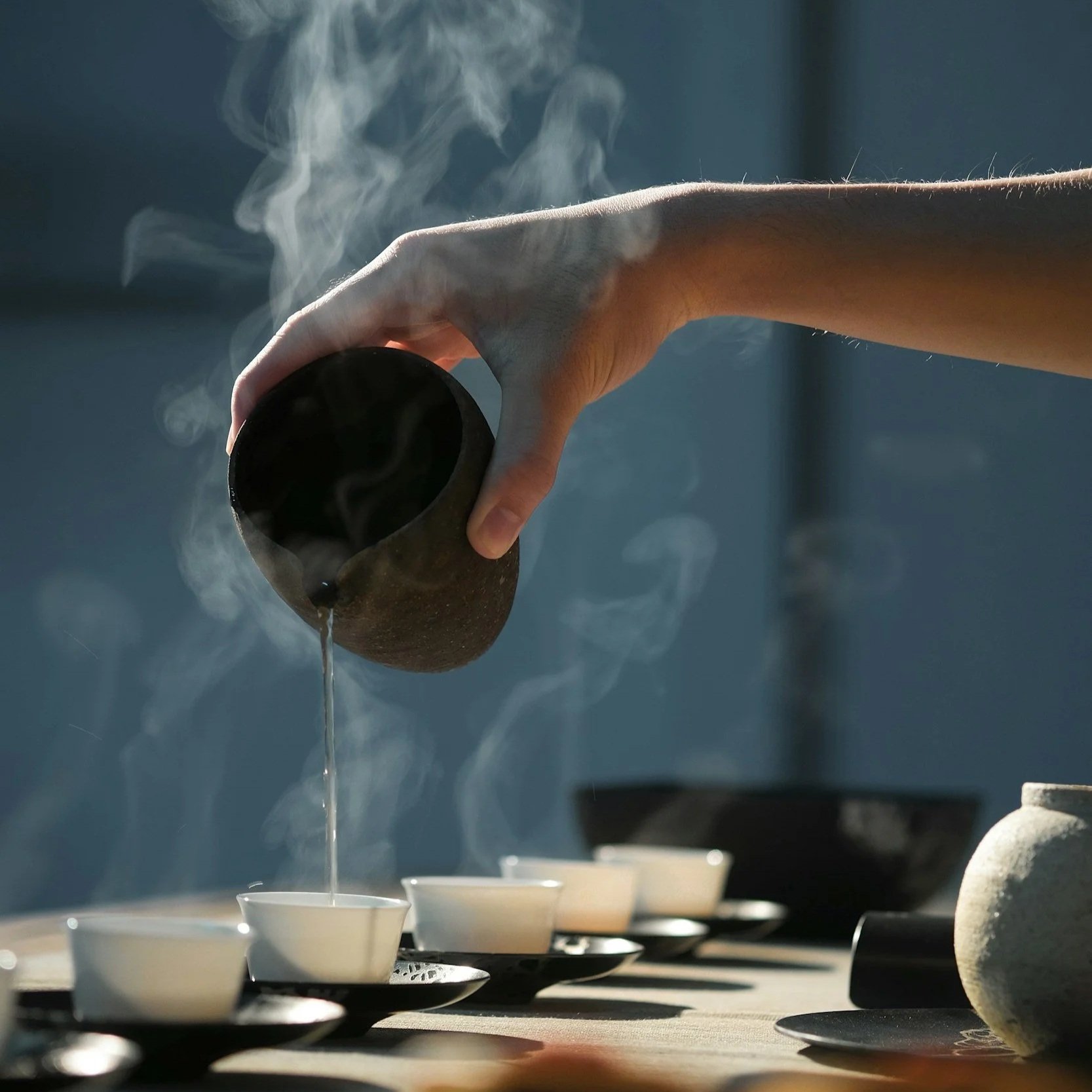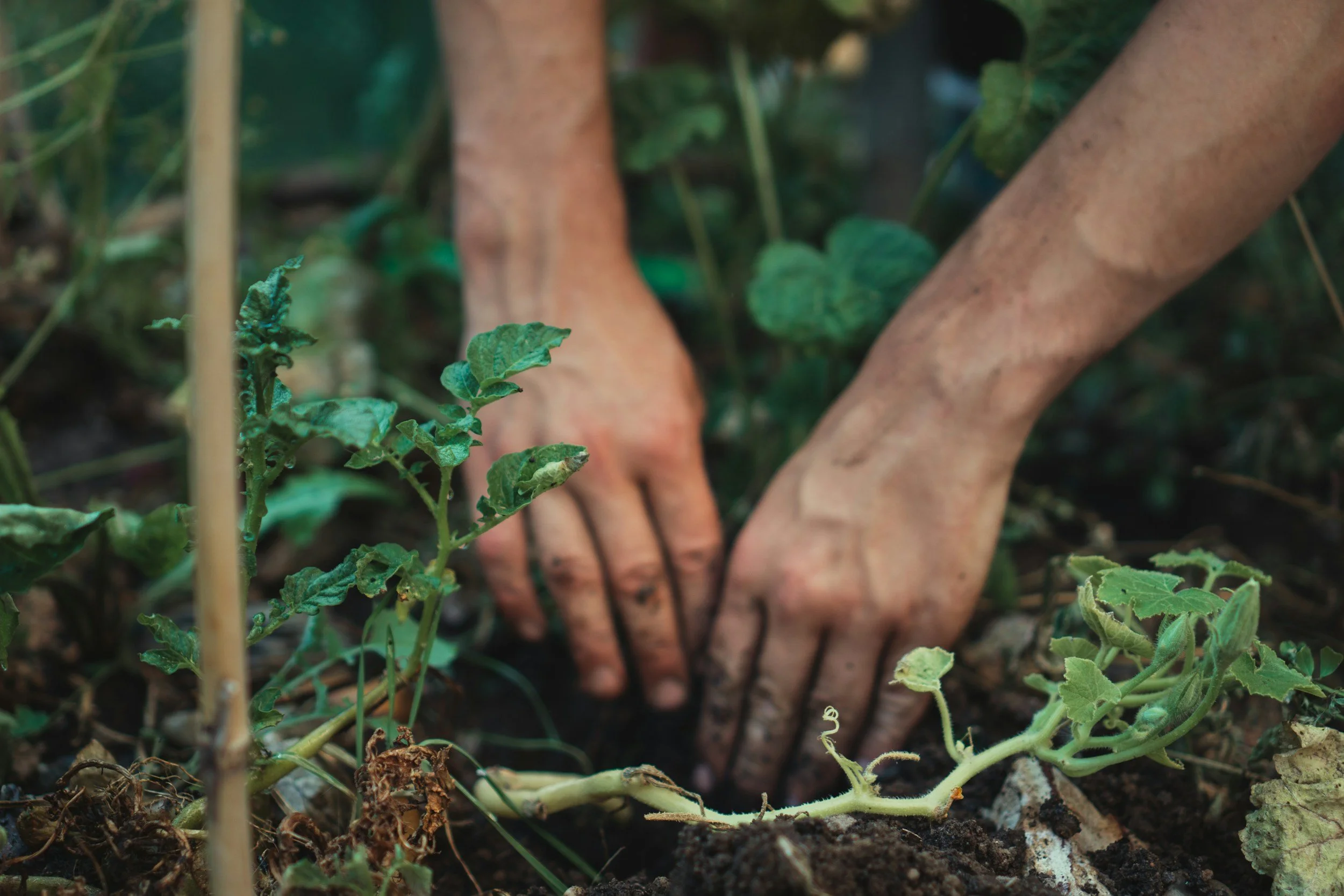The Healing Power of Ritual: 5 Ways to Reconnect with Safety, Meaning, and Self
Across cultures and generations, rituals have helped people mark beginnings and endings, navigate grief, celebrate love, and come home to themselves. Even in our modern world, these intentional acts can anchor us in something deeper. They help us feel safe and connected, especially in times of emotional overwhelm or transition.
Within therapeutic work, rituals can often be powerful companions. They soothe the nervous system, offer a sense of rhythm and predictability, and help clients reclaim agency in their healing. And while the word ritual might bring to mind something elaborate or spiritual, many of the most meaningful rituals are simple, personal, and grounded in everyday life.
1) Safety Through Repetition: The Science and Soul of Rituals
Rituals can engage the parasympathetic nervous system, which helps the body shift out of fight-or-flight mode and into a state of rest and repair. Repeated rituals create neural pathways that signal safety and predictability, which are both essential in trauma recovery. Robert Sapolsky, in Why Zebras Don’t Get Ulcers, explains that rituals can, “offer a sense of control over the uncontrollable,” helping to lower cortisol levels and buffer the effects of chronic stress. This sense of control and predictability is critical for individuals who have experienced trauma, where internal chaos often mirrors external unpredictability.
Application: Even simple daily rituals (e.g. a consistent morning routine) can re-train the nervous system to associate repetition with safety, rather than threat. Start your day with mindful breathing and a simple intention. Sensory rituals, like holding a warm cup of tea or stepping outside for a few deep breaths, can also signal safety and help regulate stress.
2) Tiny Moments of Trust: Rituals as Micro-Attachments
From an attachment lens, rituals can serve as small, dependable moments that replicate the emotional safety and consistency found in secure relationships. Psychotherapist John Bowlby emphasized that we build emotional security through predictable, responsive relationships. For those healing from early attachment wounds, rituals can gently recreate that sense of safety. Over time, these repeated acts, like a grounding breath or a quiet evening routine, can be internalized as self-attunement, supporting the development of “earned secure attachment” and a deeper sense of inner safety.
Application: Incorporate simple, predictable rituals into your day, such as journaling before bed or lighting a candle before difficult conversations. These acts can offer a sense of consistency and emotional containment.
3) Grounding in the Body: Rituals That Help Us Come Home
Rituals can also help us inhabit our bodies more fully and provide a gentle “reset” for our nervous systems. According to Peter Levine, founder of Somatic Experiencing, trauma is stored not just in memory but in the body, and healing occurs when the body is supported in slowly releasing that activation. Somatic rituals, such as mindful breathing, holding an object, or gentle movement sequences, can act as containers for emotional processing.
Application: Use movement-based rituals like yoga, gentle rocking, or walking meditations. Even slow stretching while focusing on the breath can support nervous system regulation and help anchor you in the present.
4) Sacred Simplicity: Mindful Rituals for Daily Life
In mindfulness-based therapy, rituals are naturally woven into the practice. Jon Kabat-Zinn, a pioneer in bringing mindfulness into Western medicine and psychology, defines mindfulness as “paying attention in a particular way: on purpose, in the present moment, and nonjudgmentally”. Meditation, breathwork, body scans, intention-setting, and gratitude practices, help cultivate this kind of grounded presence. In moments of emotional overwhelm, these rituals can act as steady anchors, offering something familiar and supportive to return to.
Application: Try placing a hand on the heart, or visualizing light through the body. Sound healing practices, like using tuning forks, can also serve as grounding and energetically clearing rituals.
5) Rituals as Storytelling: Making Meaning from What Hurts
Rituals often carry symbolic meaning, where they create a narrative framework that supports emotional integration. Carl Jung, one of the founding voices of depth psychology, believed that rituals express universal human themes (“archetypes”) and help us connect with the unconscious. Jung described them as, “symbolic acts that express the deeper layers of the psyche”.
When moving through grief, trauma, or identity shifts, symbolic rituals can provide a sense of structure and meaning. They create space for honoring what has been lost, acknowledged, or redefined. These acts transform raw emotion into something that can be held, witnessed, and integrated.
Application: Explore expressive rituals like lighting a candle for a lost loved one, writing a letter to a younger self, creating a small altar, or planting something symbolic. These acts can support grief, transitions, or self-reflection with structure and meaning.
Rituals invite us to slow down, create meaning, and reconnect with what feels steady and true. Whether through breath, movement, or symbolic acts, these practices can gently support healing across mind, body, and spirit. Rituals reminds us that even the smallest acts can become powerful anchors for growth and restoration.
Curious how rituals can be woven into your own healing journey?
Reach out! I’d be honored to support you!






